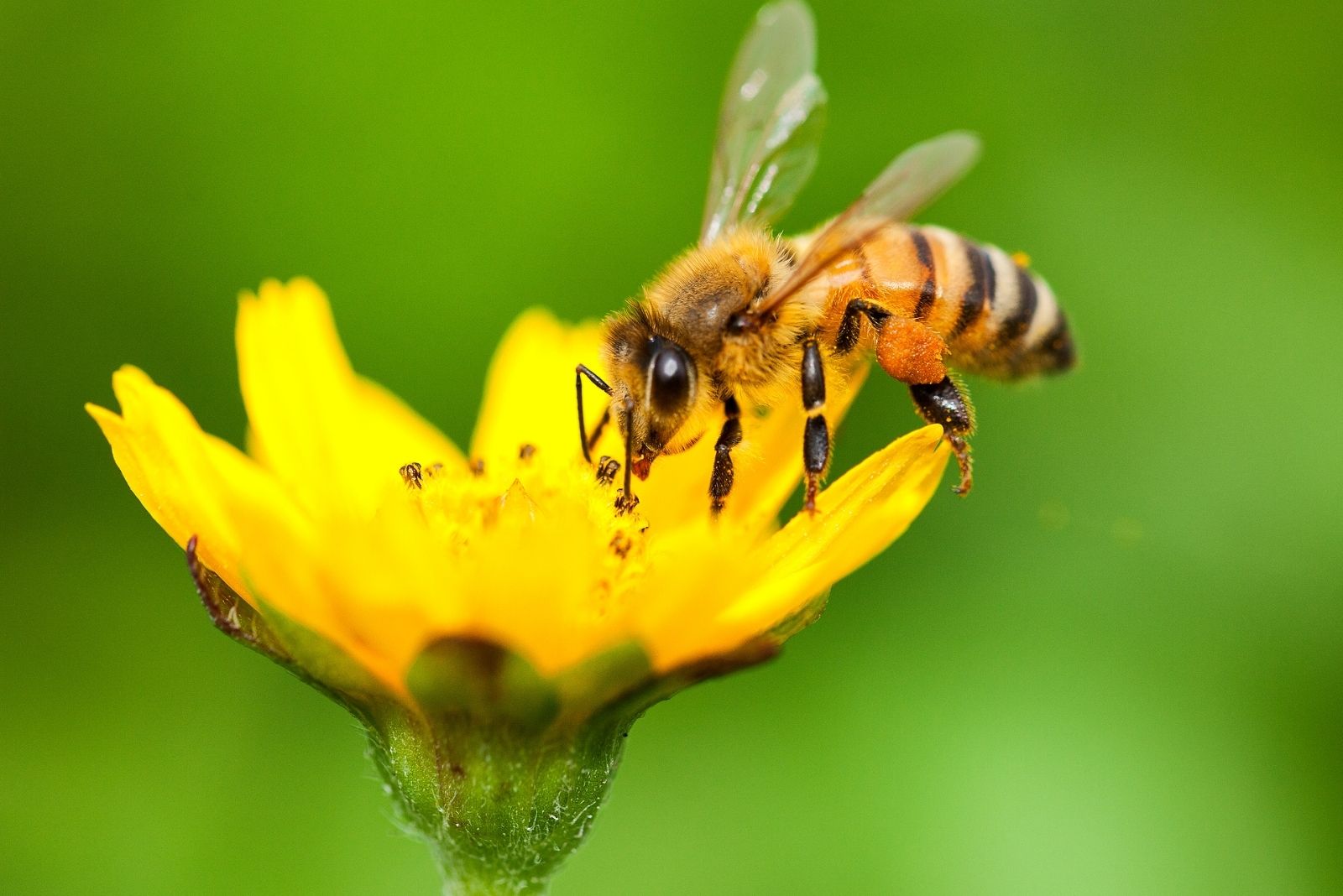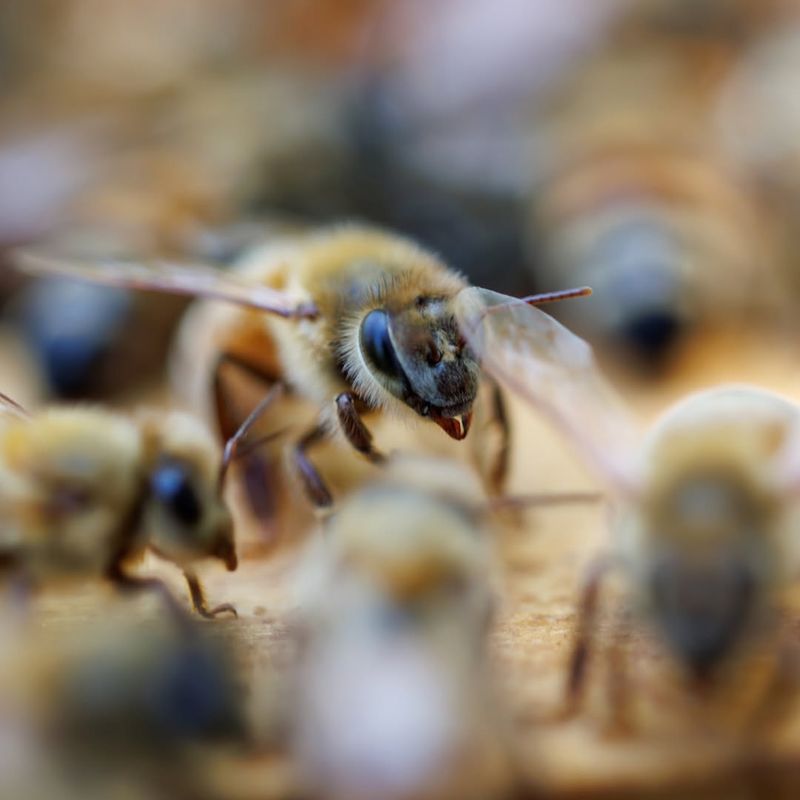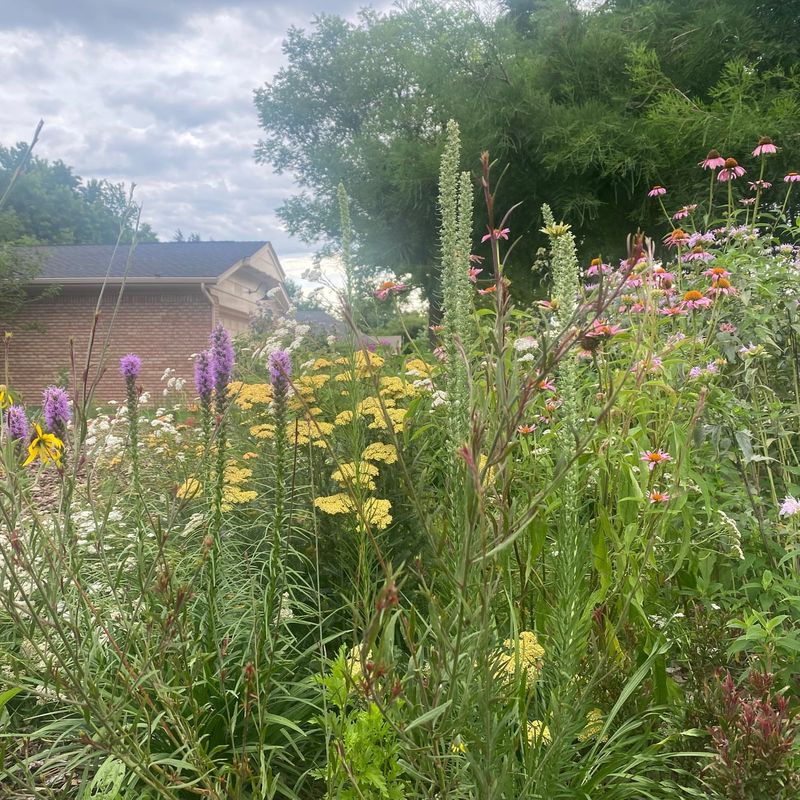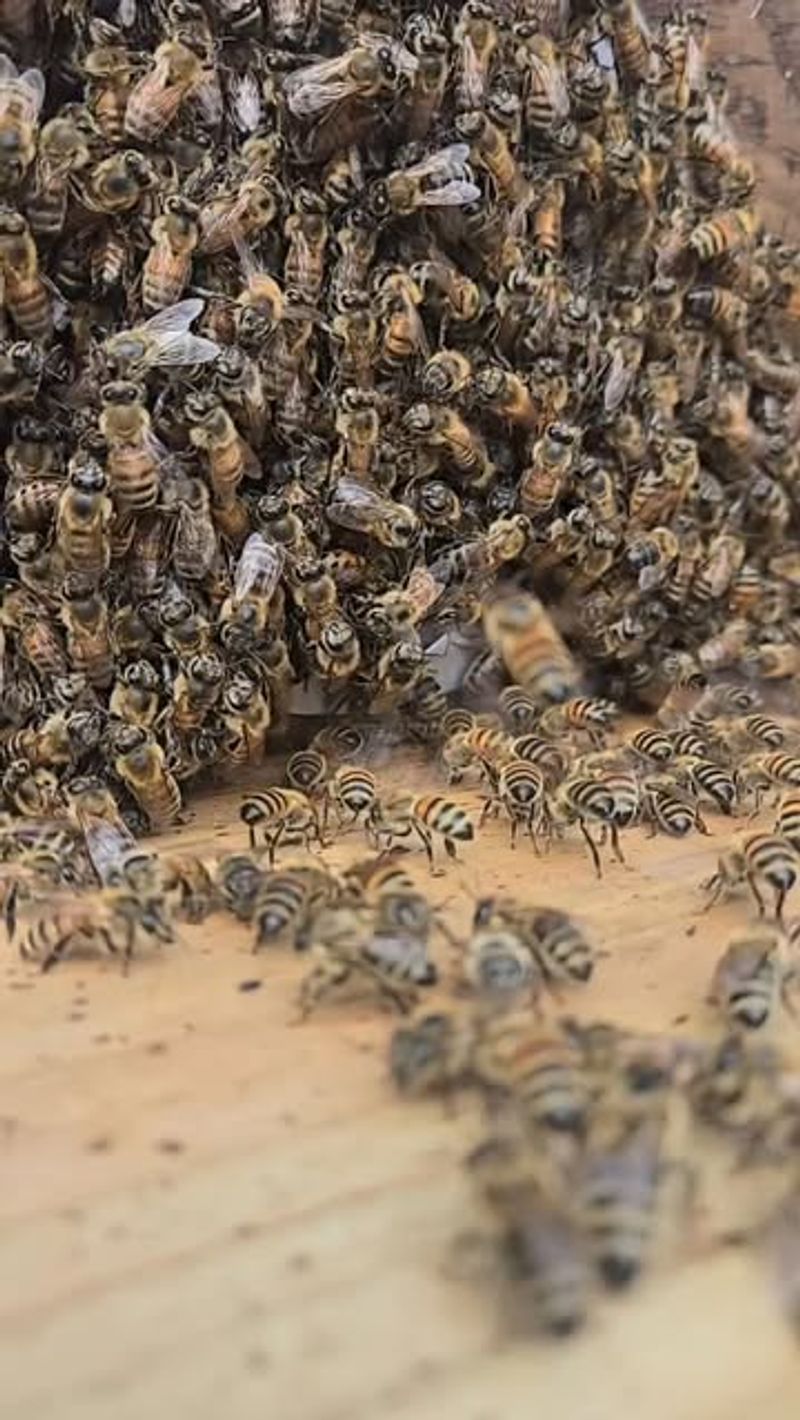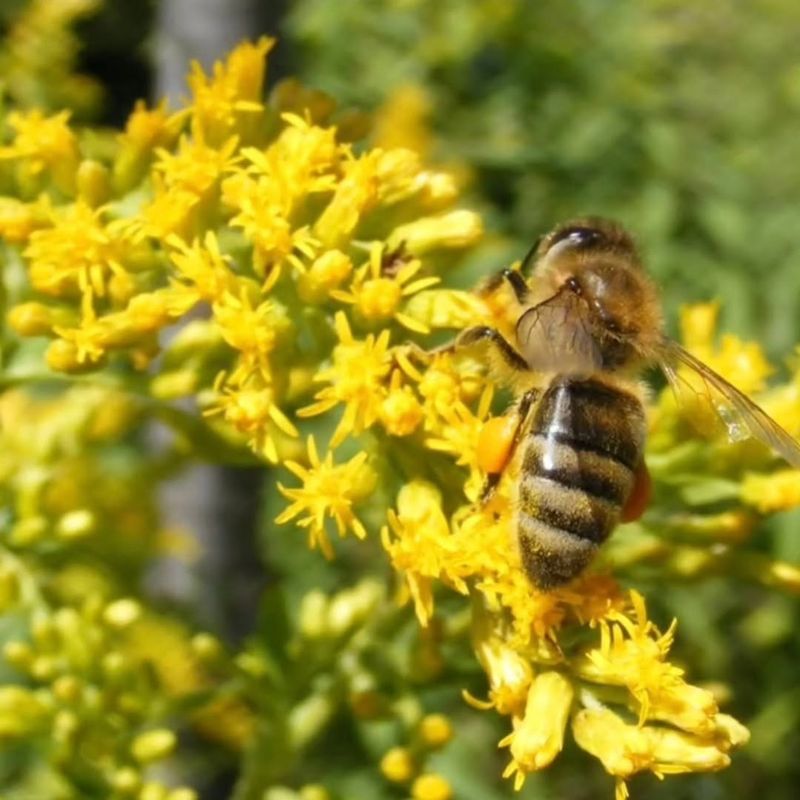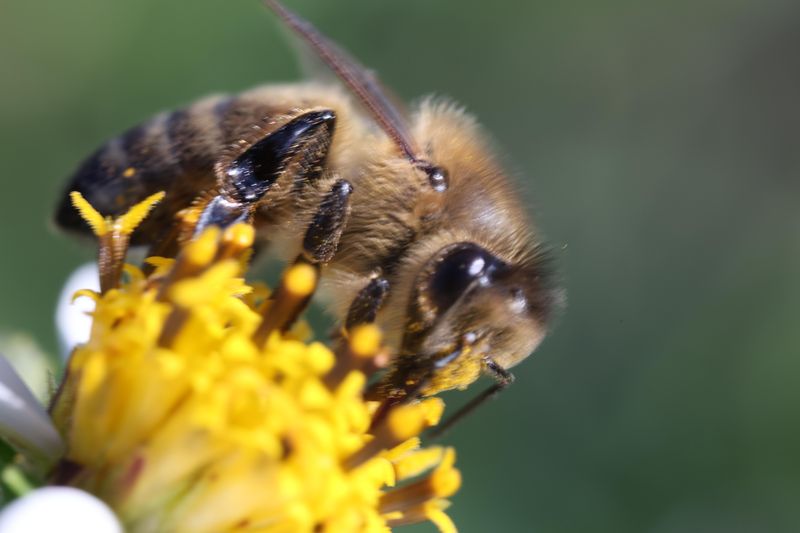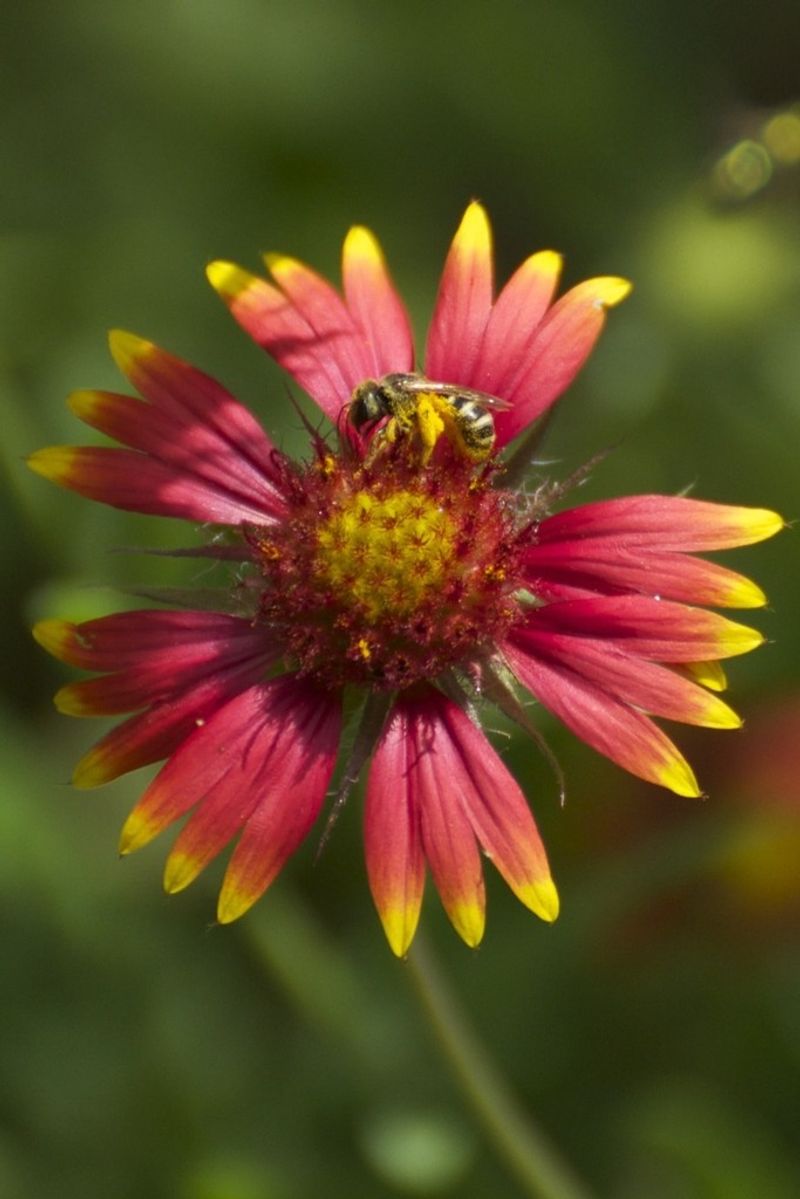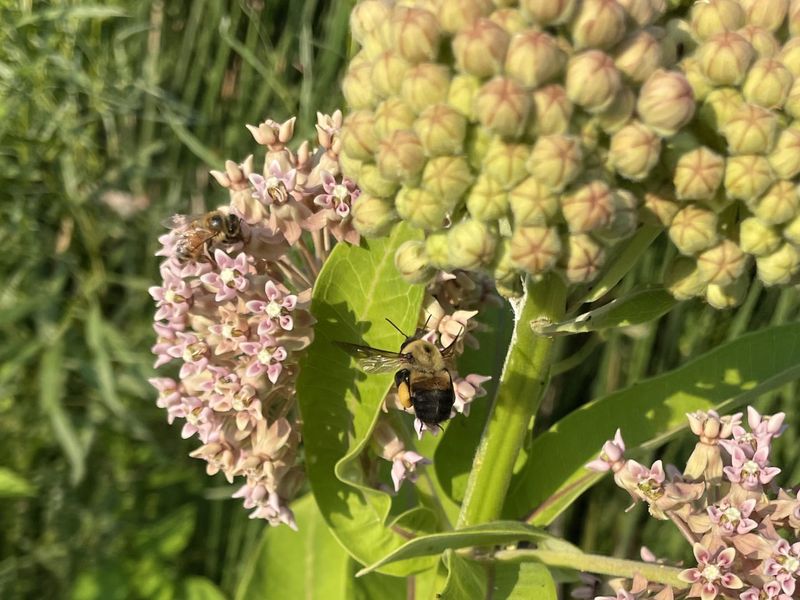Bees have been buzzing through Oklahoma’s fields and gardens for generations, helping plants grow and keeping our ecosystems healthy. But lately, these important pollinators are facing serious challenges that threaten their survival across the state.
Understanding why bees are disappearing matters to everyone who enjoys fresh fruits, vegetables, and the beauty of wildflowers that depend on these hardworking insects.
1. Pesticide Use In Agriculture
Farmers across Oklahoma rely on chemicals to protect their crops from harmful insects, but these same pesticides often harm bees too. Neonicotinoids, a common type of pesticide, can confuse bees and make it hard for them to find their way back to the hive.
Even small amounts of these chemicals can weaken a bee’s immune system and memory. When bees visit treated flowers or crops, they carry toxic residue back to their colonies, affecting the entire hive.
Oklahoma’s large agricultural areas mean bees encounter these dangers frequently throughout the growing season.
2. Loss Of Natural Habitat
Wild prairies and meadows once covered much of Oklahoma, providing bees with diverse flowers and safe nesting spots. Today, urban development and large-scale farming have replaced many of these natural spaces with buildings, roads, and single-crop fields.
Bees need variety in their diet, just like people do, and they struggle when wildflowers disappear. Without diverse flowering plants throughout the seasons, bee colonies cannot gather enough nutrition to stay strong and healthy.
The conversion of native grasslands into developed areas continues to shrink the places where Oklahoma’s bees can thrive.
3. Climate Change Effects
Oklahoma’s weather has become more unpredictable in recent years, with hotter summers, unexpected freezes, and periods of severe drought. These extreme conditions throw off the natural timing between when flowers bloom and when bees emerge from winter dormancy.
If bees wake up too early or flowers bloom at the wrong time, the insects cannot find the food they need to survive.
Heat waves can also kill bees directly or cause flowers to produce less nectar. Changing rainfall patterns in Oklahoma affect which plants grow and how long they flower.
4. Varroa Mite Infestations
Tiny parasites called varroa mites attach themselves to bees and suck their blood, weakening the insects and spreading diseases throughout the hive. These mites, about the size of a pinhead, reproduce quickly and can destroy an entire colony within months if left untreated.
Beekeepers in Oklahoma constantly battle these pests, but the mites have developed resistance to many treatments.
Wild bee colonies have even less protection against these invaders. The stress from mite infestations makes bees more vulnerable to other threats they face across the state.
5. Disease And Pathogens
Bacterial infections, viruses, and fungal diseases spread rapidly through bee colonies, especially when populations are already stressed from other factors. American foulbrood, a deadly bacterial disease, can wipe out entire hives and contaminate beekeeping equipment for years.
Nosema, a fungal parasite, attacks bee digestive systems and prevents them from absorbing nutrients properly. When bees are weakened by poor nutrition or pesticide exposure, these diseases become even more dangerous.
Oklahoma beekeepers must stay vigilant, inspecting hives regularly to catch infections before they spread throughout their apiaries.
6. Monoculture Farming Practices
Driving through Oklahoma, you’ll see mile after mile of wheat, corn, or soybean fields, but this lack of plant diversity creates food deserts for bees.
Unlike mixed farms or wild areas, monoculture fields offer bees food for only a few weeks when crops bloom, then nothing for the rest of the season.
Bees cannot survive on such limited nutrition, much like humans cannot stay healthy eating only one type of food. The shift toward large single-crop operations has eliminated the hedgerows and field borders where wildflowers once grew.
7. Reduced Genetic Diversity
Commercial beekeeping often focuses on breeding bees with specific traits like honey production or gentleness, but this selective breeding reduces the genetic variety within bee populations. When all bees share similar genetics, they become more vulnerable to diseases, parasites, and environmental changes.
Wild bee populations in Oklahoma naturally have more genetic diversity, which helps them adapt to local conditions and resist threats.
However, as wild colonies decline and commercial bees dominate, this valuable genetic variety disappears. Limited genetic diversity means one disease or pest could potentially affect most bee populations.
8. Invasive Plant Species
Non-native plants like Japanese honeysuckle and Johnson grass have spread across Oklahoma, choking out the native wildflowers that local bees depend on for food. While some invasive plants do produce flowers, they often bloom at the wrong times or provide poor-quality nutrition compared to native species.
These aggressive invaders take over disturbed areas quickly, preventing native plants from reestablishing themselves.
Bees that evolved alongside Oklahoma’s native flora struggle to thrive when their traditional food sources vanish. Managing invasive species requires constant effort from landowners across the state.
9. Light Pollution At Night
Bright lights from cities, highways, and commercial areas disrupt the natural behaviors of bees that forage at dawn and dusk or navigate using natural light patterns.
Artificial lighting can confuse bees’ internal clocks, causing them to leave hives at inappropriate times when temperatures are too cold or predators are active.
Some native Oklahoma bee species are particularly active during early morning or evening hours and rely on natural light cues for navigation. Excessive nighttime lighting also affects the plants bees depend on, changing when flowers open and release their scents.

